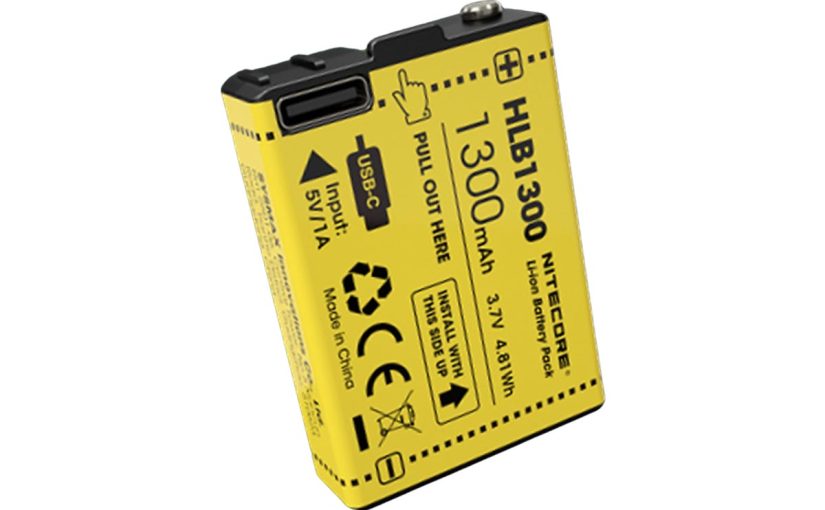
Advantages and Disadvantages of a Li-Ion Battery Pack
Li-ion battery packs provide many advantages over other types of batteries. However the technology is also subject to some disadvantages or limitations.
A lithium-ion cell can become thermally unstable when exothermic reactions release heat faster than it can be dissipated. The resulting venting of flaming gases can burn the cell and spread to neighboring cells.
Power Density
Lithium-ion battery packs offer high energy density. They can store more energy in the same physical space than other rechargeable batteries such as nickel-cadmium and nickel-metal hydride, and they have a higher voltage per cell (3.6V) than other battery technologies. They also have a lower weight than other rechargeable battery packs.
A lithium-ion battery pack contains one or more cells, each containing a positive and negative electrode material and an electrolyte solution. The non-aqueous electrolyte is typically a mixture of organic carbonates such as ethylene and propylene carbonate that contain complexes of lithium ions. The electrolyte is protected from moisture by a sealed container and a rigid, insulated design.
Although they are very expensive, lithium-ion battery packs can deliver more power than other rechargeable battery technologies. They also offer a longer lifespan than other battery types. However, they are subject to aging that can reduce their capacity and cause them to fail after several years in service.
The maximum charge rate is limited to 1C for most Li-ion battery packs, and the balancing circuit prevents the voltage of the individual cells from getting too low during charging or discharging. This ensures that all cells receive the same amount of charge and protects against an irreversible plating of metallic lithium. In addition, lithium-ion batteries do not require periodic deep discharges to maintain their performance.
Long Lifespan
A Li-ion battery pack has a very long lifespan. Depending on the type of lithium chemistry and pack design, it can be expected to last 2-3 years or 300-500 charge cycles. A charge cycle is defined as the number of times a battery is fully charged, discharged and then recharged.
As with all batteries, regular use and recharging can cause the pack to degrade over time. The rate of degradation depends on the number of cycles, ambient temperature and state-of-charge (SoC). Significant heat stress, for example, decreases a battery’s capacity by up to 40%. In addition, dwelling at high SoC increases internal resistance and lowers performance.
Lithium-ion batteries typically last 5,000 cycles, but this can be reduced with some care. The first step is using a charger that’s designed for lithium batteries, rather than a Li-ion battery pack lead-acid charger. A lithium charger will recognize the state of a battery and provide power at the optimal current, voltage and temperature, extending its lifespan.
Another important factor in battery longevity is avoiding overcharging. It’s best to let a battery drain completely between charges, but not to top it up to 100%. It’s also a good idea to store lithium batteries in a cool place, as high temperatures can significantly reduce the number of charging cycles. Check out our BU-415 blog post for more tips on battery maintenance.
High Energy Density
Lithium-ion batteries have a high energy density, meaning they can store more electricity in a smaller space. This makes them lighter and more compact than other battery packs, especially those made of traditional lead acid or nickel-cadmium cells. A typical lithium-ion battery pack can hold about 150 watt-hours of electricity per kilogram. That’s a lot more than a NiMH (nickel-metal hydride) battery pack, which holds about 100 watt-hours of electricity per kilogram.
Li-ion batteries can also be stored at lower temperatures, which reduces the risk of permanent capacity loss. They do, however, lose some of their capacity over long storage periods. To prevent this, they should be charged regularly and not depleted to very low levels.
It’s important to note that power density and energy density are two different measurements. While energy density measures how much electrical energy a battery can deliver, power density measures how many watt hours a battery can produce in one kilogram of weight.
The higher the energy density of a battery, the more powerful it can be. However, there are limits to how much power a battery can deliver, due to the chemical and physical limitations of its design. Recent discoveries of families of disruptive active materials should unlock present limits in the near future, allowing lithium-ion technology to combine energy and power.
Rechargeability
Lithium-ion batteries are used in everything from laptops and cell phones to hybrid and electric cars. They are popular because, pound for pound, they have the highest energy density of any rechargeable battery available. Lithium-ion batteries also offer a long lifespan, a high number of cycles and an excellent charging rate.
Inside a lithium battery pack, you will find many individual cells that store and provide the power for your device. These cells are made of lithium iron phosphate (LiFePO4), and can be cylindrical, prismatic or pouch-shaped.
A small system within the battery monitors and regulates the temperature, voltage and state of charge. This is done to help avoid over-charging, which can damage the cells and decrease Li-ion battery pack their lifespan. It also helps account for the 5% power loss per month that these batteries experience.
As with all batteries, however, it is essential that lithium-ion battery packs be charged early and often. This prevents the build-up of a thicker solid electrolyte interface, or SEI, on the anode, which reduces the amount of cyclable lithium and increases the resistance of the cell.
Although Li-ion battery packs are incredibly common and reliable, they are not without their problems. A few lithium-ion battery packs in a million will burst into flames, which is due to the flammable electrolytes and the pressure build-up that occurs at these cells. Research is currently underway to create safer, more stable lithium-ion batteries.
